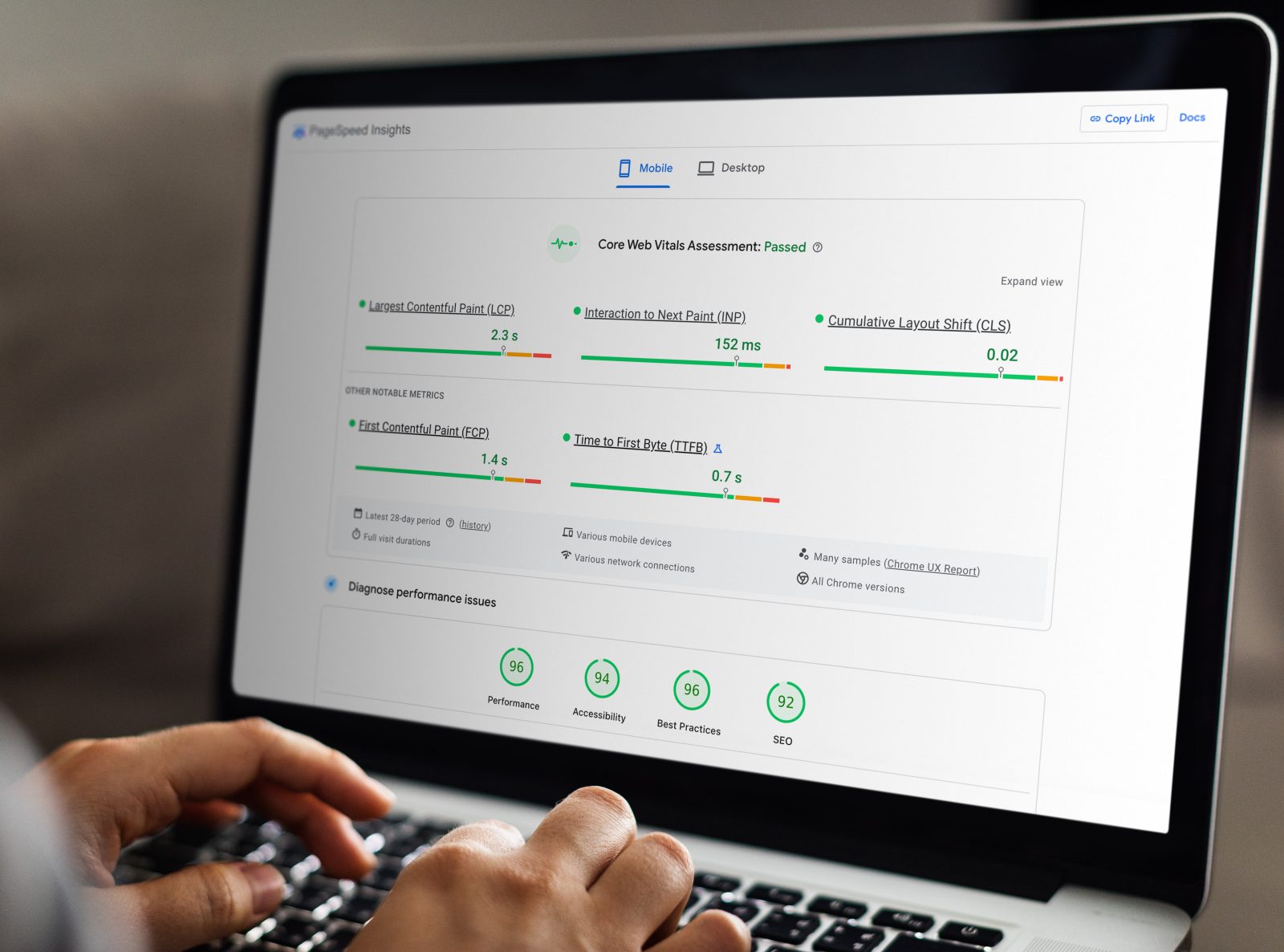Google’s at it again – has your website suffered?

By Nikki Dunbar, director, Nix Collective.
Google’s been busy… again. If your website traffic or search rankings have been wobbling lately, you’re not alone. Over the past year, Google has quietly (but firmly) been rolling out a series of core updates, spam policy changes and algorithm tweaks and now we’re starting to see the full impact of its clean-up mission.
For some site owners, the consequences have been rather brutal. We’re talking thousands of pages deindexed, entire domains vanishing from search results and steep drops in visibility. For others, rankings have declined, often without obvious explanation, a sign that those old SEO tricks that once cheated the system are no longer working.
But let’s be honest, these changes are happening for a reason. Google’s goal is simple: provide searchers with good quality, relevant information. Of course, this isn’t new news – but Google has taken a more abrupt view.
A year of quality control
It all really ramped up following the March 2024 Core Update, one of Google’s most aggressive moves yet to demote low-quality and unoriginal content. Google said this update alone reduced unhelpful content in search by around 45%.
Since then, the algorithm updates have kept coming, along with tighter spam policies and a growing focus on content that reflects real-world experience… not just a rehash of what’s already out there.
So, if your blogs and articles are stitched together from multiple sources, written solely for keyword ranking or lacking substance, don’t be surprised if they start sinking in the sea of rankings.
This is where Google’s EEAT framework comes in!
EEAT stands for Experience, Expertise, Authoritativeness and Trustworthiness. Google’s systems are being trained to favour content that’s created by people who’ve actually done the thing they’re talking about – for example, it was once common practice to churn out dozens of location-specific landing pages.
You know the ones: “PVC-U Windows in Manchester,” “PVC-U Windows in Leeds,” “PVC-U Windows in Sheffield”… all practically identical except for the place name.
That content is now being flagged as low-quality and either losing rank or being deindexed altogether. That’s not to say local SEO is dead, far from it. But it’s evolved. To make location pages work today, they need to show real relevance to that area.
So, you say you install PVC-U windows in Sheffield? Great … but show us. Share case studies, customer testimonials from homeowners in Sheffield, reference specific neighbourhoods, or highlight local factors like “conservation requirements in Broomhill.” It’s not just about saying you work somewhere, it’s about proving you’ve genuinely worked there and understand the area.
Performance still counts
Google is watching your website’s technical performance too, particularly on mobile. With over 60% of global searches now on smartphones, if your site is slow, glitchy or awkward to navigate on a phone, that’s going to hurt your rankings.
Google’s Core Web Vitals still apply here, but they’ve evolved. In 2024, Google replaced the First Input Delay (FID) metric with Interaction to Next Paint (INP), a far tougher standard that looks at how quickly your site responds to every interaction, not just the first. If your buttons, forms, or menus are sluggish, your SEO could suffer.
AI: Use it, don’t abuse it
We can’t ignore the AI elephant in the room. Google’s Search Quality Rater Guidelines now officially mention Generative AI. While they don’t ban AI-generated content, the message is clear: AI is a tool, not a replacement for expertise.
If you’re using AI to draft content, that’s fine … but don’t hit publish without a proper human edit. Add your perspective, authority, and fact-check thoroughly. Bot-generated, generic, or shallow content simply won’t cut it.
AI is also now embedded in search experiences like Google’s Search Generative Experience (SGE). Users are increasingly served summarised AI generated answers at the top of results, often above sponsored ads and organic links. That makes it even more crucial to create valuable, experience-led content that positions your site as the trusted source that Google pulls its content from.
So, what next? First, audit your content. Find the pages that are thin, repetitive, or outdated and either improve them or, if they serve little value, retire them. Next, check your site speed and performance (especially on mobile devices). If your site isn’t fast, smooth, and responsive, it’s time to fix that.
When creating new content, if you use AI, use it smartly – but never skip the human touch. Showcase your knowledge and experience with real bios, case studies and testimonials. And above all, put your users first. The content that ranks well now (and will in future) is the content that genuinely helps people solve problems or make decisions.
As an agency, we stay on top of what Google’s up to and what the next update might include, so our clients’ content and websites don’t just keep up, they stay ahead. That way, when the next update comes around, we’re already prepared.
If you’d like to discuss your website performance in further detail, contact me at nikki@nixcollective.co.uk.